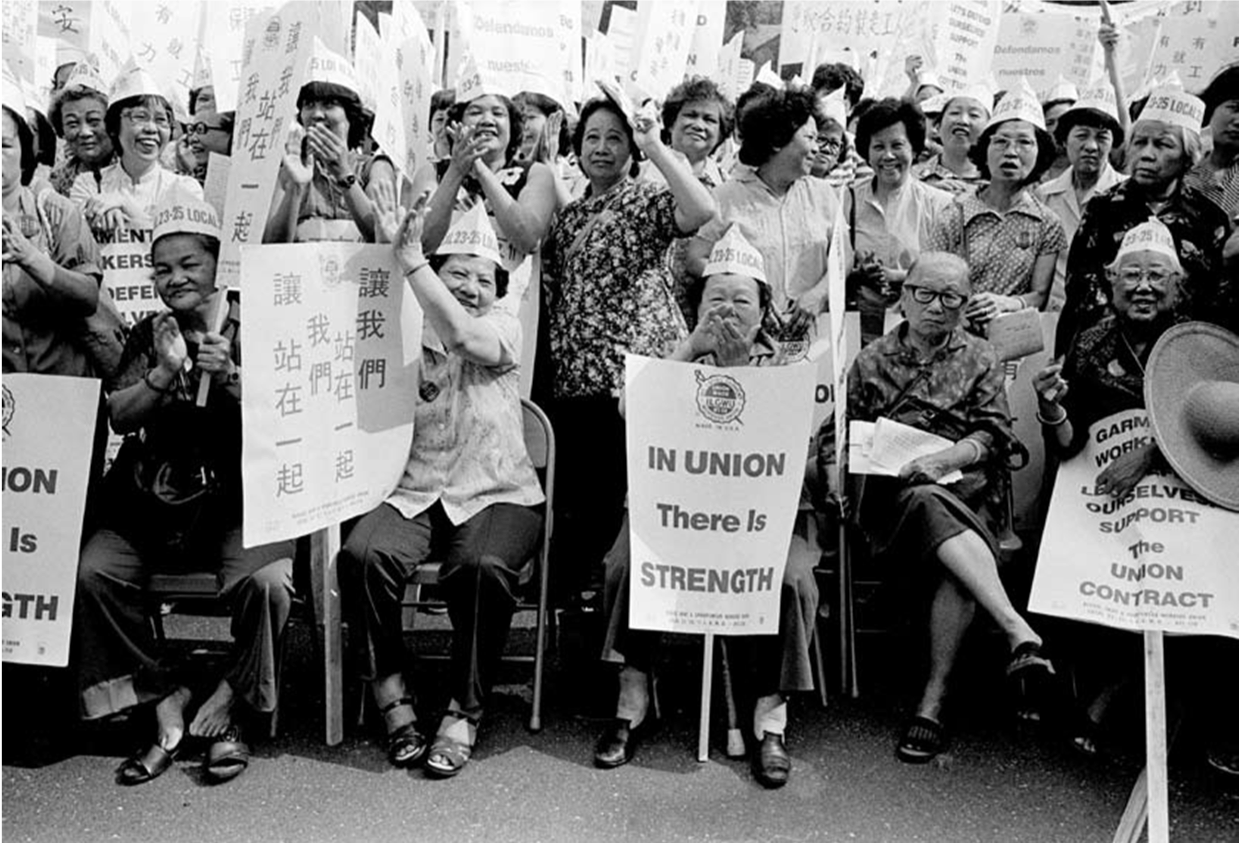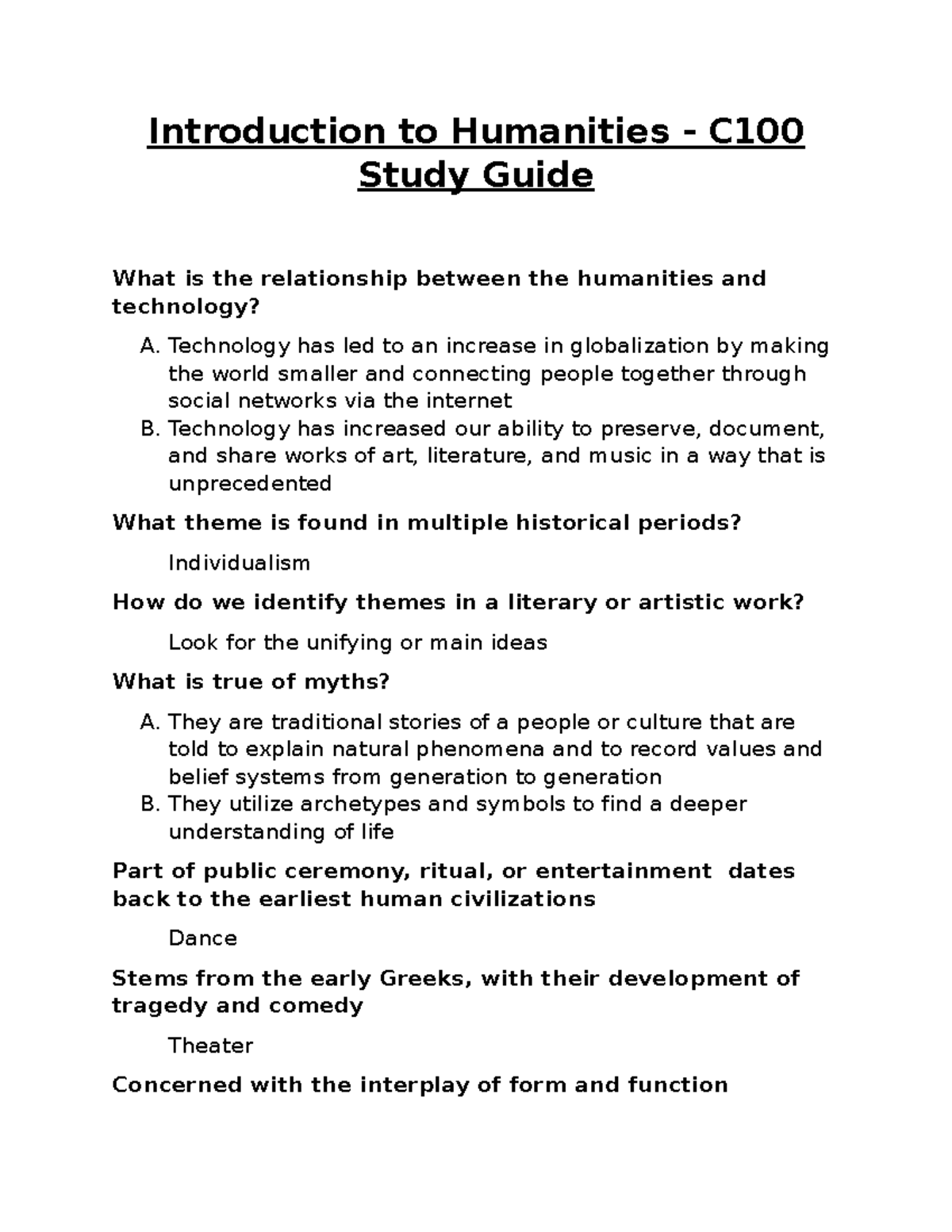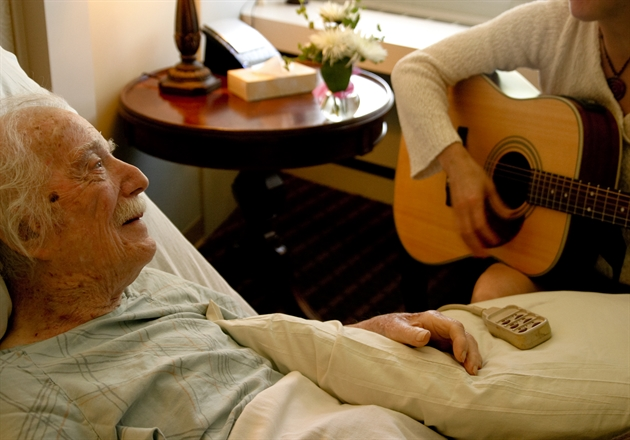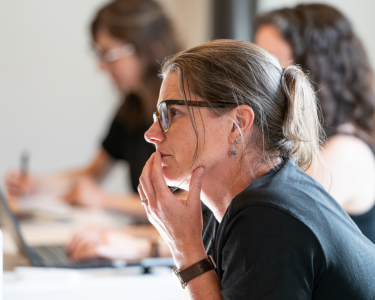Asian American women’s history is a vibrant narrative that interweaves the experiences of diverse cultures, highlighting the often-ignored contributions of Asian American women throughout American history. This rich tapestry is currently showcased in the “Illuminate” exhibit at the Schlesinger Library, where historical artifacts, including evocative photographs of Ainu and Visayan women, serve as poignant reminders of their stories. These women, who faced erasure from mainstream history, are now being recognized, thanks to the collaborative efforts of students and archivists who are actively excavating their legacies. Beyond mere artifacts, this exhibit invites us to engage with the complexities of identity and cultural visibility amidst historical marginalization. As Victor Betts states, “Asian American history is American history,” emphasizing the crucial need to acknowledge and document these narratives for future generations.
The history of Asian American women encompasses a wide array of experiences that reflect their resilience and influence within the broader American narrative. Referred to through various lenses, such as the voices of Ainu and Visayan females or the impactful stories found in archival collections like those of the Schlesinger Library, this history reveals the intersection of race, gender, and culture over the years. Often relegated to the sidelines of mainstream historical discourse, the contributions of these women are beginning to be celebrated and understood through exhibitions like “Illuminate”. By unearthing historical artifacts and personal narratives, we can appreciate how Asian American women navigated a complex landscape of societal expectations and cultural identity. Bridging the past and the present, their stories illuminate not just a unique heritage, but also the ongoing fight for representation and justice.
The Significance of Asian American Women’s History
Asian American women’s history is a critical yet often overlooked dimension of the broader narrative of American history. The Schlesinger Library’s latest exhibit, “Illuminate: Contextualizing Asian American Women’s Stories Through the Archives,” serves to shine a light on this significant yet underrepresented history. Through a careful curation of artifacts, including photographs of Ainu and Visayan women from the 1904 World’s Fair, this exhibition not only celebrates these women’s lives but also addresses the broader historical erasure that has occurred. By revisiting their stories, we are prompted to consider the ways in which Asian American women have contributed to the fabric of American society across generations.
Moreover, the inclusion of personal narratives and historical artifacts in the exhibit challenges preconceived notions about the roles of Asian American women throughout history. The exhibit empowers individuals to recognize the profound impact these women have had on their communities, from spearheading social movements to influencing cultural narratives. As reflected in the thoughtful comments made by curator Victor Betts, it’s essential that as a society, we acknowledge and honor the multifaceted experiences of Asian American women, as their stories are integral to understanding the complexities of American heritage.
The historical exclusion of Asian American women’s narratives has far-reaching implications, not only for the identity of these women but for the collective understanding of American history. As the exhibition reveals, much of this erasure may have stemmed from the societal norms that relegated these women to the margins, often viewing them through a colonial lens. The stories of legal trailblazers like Ah Fong, as explored in students’ research, exemplify how crucial it is to reclaim and reconstruct these narratives. Their legal battles and experiences reflect broader issues of immigration, identity, and rights, yet remain largely untold until now.
As educators and archivists collaborate to bring these stories to life, initiatives like those at the Schlesinger Library demonstrate the vital role of academia in reclaiming marginalized histories. Students and faculty alike are dedicated to not only illuminating these stories but also making them accessible and relevant to contemporary audiences. The commitment to expanding the archive with diverse materials related to Asian American women reflects a crucial step towards rectifying historical omissions and ensuring a more inclusive understanding of our past.
Artifacts that Tell Stories: The Illuminate Exhibit
The Illuminate exhibit at the Schlesinger Library features an impressive array of artifacts that bring to light the stories of Asian American women. From photographs of Ainu and Visayan women, who were unjustly placed on display as living exhibits at the 1904 St. Louis World’s Fair, to modern representations of activism, each item collected conveys a rich historical narrative. These artifacts serve not only as relics of the past but as crucial instruments for understanding the cultural and political landscape faced by Asian American women throughout history. As visitors engage with these items, they are encouraged to reflect on the complex dynamics of race, gender, and history intertwined within their stories.
Additionally, the exhibit’s integration of personal artwork, such as the commissioned pieces by Shaina Lu, enhances the depth of the display. Her translucent illustrations create a dialogue between the past and present, allowing viewers to see how Asian American women have forged paths of justice and activism over the years. The carefully chosen artifacts and artworks invite a sense of reflection and challenge visitors to think critically about how these stories have been suppressed and how they can be amplified moving forward.
The Schlesinger Library’s Illuminate exhibit showcases the transformative power of historical artifacts as tools for storytelling. Each item curated within the exhibition serves as a testimony to the lives and experiences of Asian American women who have often been relegated to footnotes in history. For instance, students have utilized archival resources to delve deep into the narratives surrounding these women, proving that the histories rooted in these artifacts have significant implications for contemporary discussions surrounding identity and representation. By engaging with these pieces, participants are encouraged to confront the realities of marginalization and the significance of giving voice to those formerly unheard.
Through this exhibit, the Schlesinger Library not only honors the contributions of Asian American women but also emphasizes the importance of historical preservation. As curator Victor Betts notes, amplifying these narratives enriches the overall understanding of U.S. history and its diverse fabric. The ongoing exploration of these stories is a vital step towards broader recognition and respect for the multifaceted experiences of Asian American women, highlighting the resilience and strength inherent in their shared history.
Educational Initiatives: Bridging Research and Community Engagement through Archives
Frequently Asked Questions
What is the significance of the Schlesinger Library exhibition on Asian American women’s history?
The Schlesinger Library’s exhibition, titled ‘Illuminate: Contextualizing Asian American Women’s Stories Through the Archives’, plays a crucial role in highlighting the often-overlooked contributions and narratives of Asian American women. It includes historical artifacts, such as photographs of Ainu and Visayan women, engaging viewers to reflect on the complex roles and representations of these women throughout American history.
How do the historical artifacts at the Schlesinger Library showcase Asian American women’s history?
The historical artifacts at the Schlesinger Library, including photographs from the 1904 World’s Fair, help to illuminate Asian American women’s history by presenting personal stories and experiences that have been largely forgotten. These artifacts allow contemporary audiences to understand the cultural and historical contexts that shaped the lives of Ainu and Visayan women, as well as other Asian American women throughout different eras.
What role did Ainu and Visayan women play in Asian American women’s history?
Ainu and Visayan women were presented as ‘living exhibits’ at the 1904 World’s Fair, which reflects a complex intersection of representation and erasure in Asian American women’s history. Their portrayal raises important questions about colonialism and the narratives imposed upon them, emphasizing the need to reclaim and acknowledge their voices within the larger context of Asian American history.
How does the Schlesinger Library address the erasure of Asian American women’s stories?
The Schlesinger Library addresses the erasure of Asian American women’s stories by curating exhibitions and educational programs that focus on reclaiming these narratives. Through the examination of archival materials and the inclusion of stories like that of Ah Fong, the exhibit makes visible the often silenced histories of Asian American women, challenging historical perspectives that have marginalized their contributions.
Who are some notable Asian American women featured in the Schlesinger Library exhibit?
The Schlesinger Library exhibit features notable figures such as Manik Kosambi, the first South Asian woman to graduate from Radcliffe, and highlights the stories of women involved in significant legal cases, like Ah Fong. These women represent the trailblazers of Asian American women’s history, whose personal narratives contribute to our understanding of immigration, civil rights, and social justice.
What themes are explored in the exhibition ‘Illuminate’ at the Schlesinger Library?
The ‘Illuminate’ exhibition explores themes of visibility, representation, and the historical roles of Asian American women within the contexts of events like the Chinese Exclusion Act and Japanese American internment. It provides a critical lens on how societal perceptions have changed over time and the impact of cultural movements led by Asian American women.
How can viewers engage with the stories of Asian American women showcased in the exhibit?
Viewers can engage with the stories of Asian American women showcased in the exhibit by visiting the Schlesinger Library exhibition, participating in educational programs, and exploring archival materials. This experiential learning fosters a deeper understanding of the complexities within Asian American women’s history and encourages dialogue about their ongoing impact in contemporary society.
In what ways is the Asian American women’s history exhibited relevant to contemporary issues?
The Asian American women’s history exhibited is relevant to contemporary issues as it highlights the ongoing struggles against discrimination, the fight for justice, and the role of Asian American women in activism. By understanding historical contexts, we can better address current challenges faced by Asian American communities and advocate for their rights and recognition in society.
| Key Point | Details |
|---|---|
| Exhibition Overview | “Illuminate: Contextualizing Asian American Women’s Stories Through the Archives” showcases the overlooked history of Asian American women. |
| Historical Context | The exhibit explores how Asian American women’s narratives have been rendered invisible or hypervisible throughout history. |
| Key Artifacts | Includes photographs of Ainu and Visayan women from the 1904 St. Louis World’s Fair, illustrating their stories as ‘living exhibits’. |
| Educational Component | Developed alongside a course co-taught by Victor Betts and Erika Lee, emphasizing co-teaching and co-creation of history. |
| Recent Discoveries | Students uncovered stories of women like Ah Fong, who fought for immigration rights, showing the legal battles faced. |
| Artistic Integration | Artist Shaina Lu’s translucent illustrations augment the historical context of the exhibit. |
| Ongoing Mission | Curator Victor Betts aims to expand collections related to Asian American women and challenge their marginalization. |
Summary
Asian American women’s history is a crucial yet often neglected aspect of American history. The exhibition “Illuminate: Contextualizing Asian American Women’s Stories Through the Archives” at the Schlesinger Library highlights the struggles and contributions of Asian American women over the past 150 years. By showcasing their untold stories and engaging students in uncovering historical narratives, the exhibit invites a re-examination of the roles that these women have played in shaping American society. As we continue to explore and reflect on these histories, it becomes clear that understanding Asian American women’s history is vital to enriching our grasp of the wider tapestry of American experience and identity.



